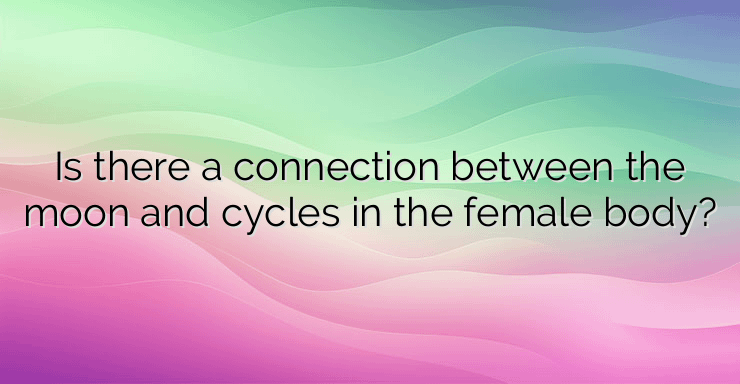Both changes in the lunar phases and female menstruation are cyclical processes. No wonder that numerous writers, scientists and philosophers over the centuries have made associations between them. Even Aristotle, 4 centuries before the new era, says that menstruation occurs at the waxing moon, because the weather in this part of the month is more humid and cold, because of the waning moon. But is there a real connection between the menstrual cycle and the lunar cycle? Many of the claims that the moon and menstruation are in sync with each other are based on the similar length in their cycles. The moon completes one full orbit in 29.5 days. The length of the menstrual cycle is between 25-30 days, with an average length of about 28 days. There are studies claiming that there is synchronicity. This was done in 1986. 826 women between the ages of 16-25 took part in it. According to the researchers, the menstruation of the majority of the studied coincides with the new moon, i.e. their ovulation coincides with the full moon. More recent studies, one of which was done in 2013, challenge the claim. It is based on observations made on 980 menstrual cycles among 74 women of reproductive age, and the analysis of the final results indicates that menstruation in different women occurs at different times and the association between the moon and women’s cycles is a myth. The more we look into the topic, however, the more differing opinions we find. Another study published in January 2021 claimed that women with menstrual cycles longer than 27 days intermittently synchronize with two other cycles of the moon – the illumination cycle and the gravimetric cycle. The first cycle refers to the different strength of light reflection due to the different position of the moon relative to the sun. The second explains the different gravitational forces that the moon exerts on the earth’s surface due to its irregular axis. It lasts about 27.5 days. The axis of the moon is not circular, but rather elliptical, i.e. sometimes the moon is closer to the earth (perigee) and sometimes it is further away (apogee). The study also explains that intermittent synchronization between individual cycles is less common as a woman ages. We conclude with a hypothesis – Perhaps the cycles were synchronized in the more ancient periods of human development, but with the introduction of modern life changes, different food ingredients, exposure to more artificial light and differences in daily life, the relationship has changed and the synchronization nowadays it is casual. Source: https://www.medicalnewstoday.com/articles/menstrual-cycles-and-lunar-cycles-is-there-a-link#Intermittent-synchronies


Leave a Reply